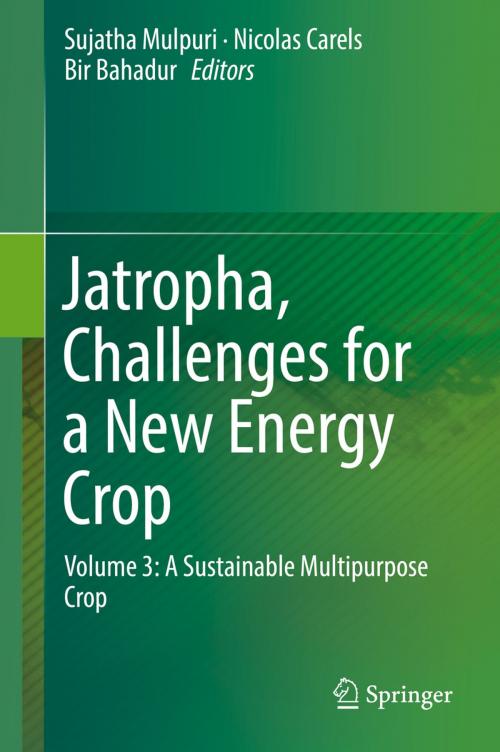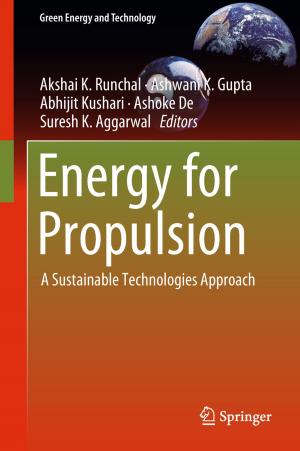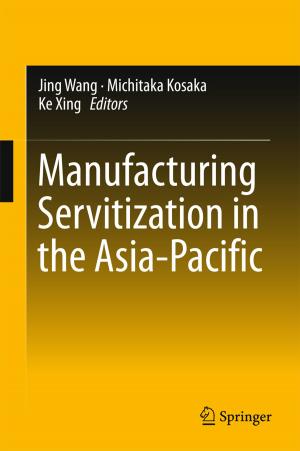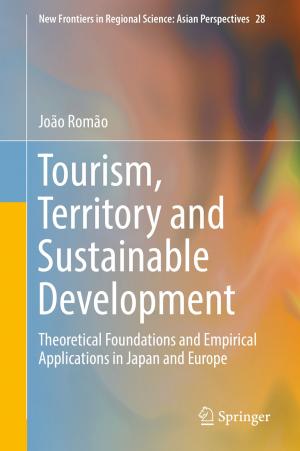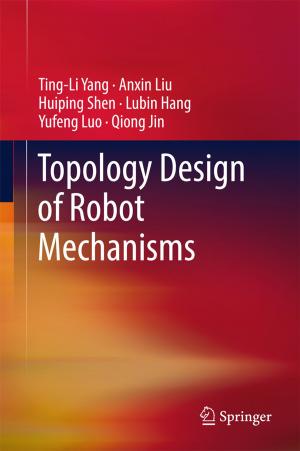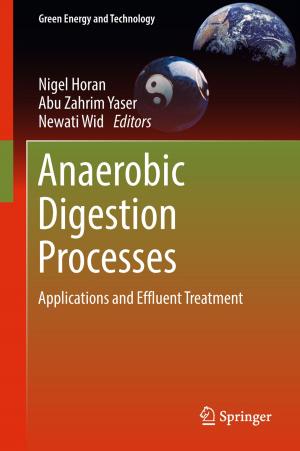Jatropha, Challenges for a New Energy Crop
Volume 3: A Sustainable Multipurpose Crop
Nonfiction, Science & Nature, Science, Biological Sciences, Botany, Ecology| Author: | ISBN: | 9789811331046 | |
| Publisher: | Springer Singapore | Publication: | March 29, 2019 |
| Imprint: | Springer | Language: | English |
| Author: | |
| ISBN: | 9789811331046 |
| Publisher: | Springer Singapore |
| Publication: | March 29, 2019 |
| Imprint: | Springer |
| Language: | English |
Jatropha curcas, or physic nut, is a small tree that, in tropical climates, produces fruits with seeds containing ~38% oil. The physic nut has the potential to be highly productive and is amenable to subculture *in vitro *and to genetic modification. It also displays remarkable diversity and is relatively easy to cross hybridize within the genus. Thanks to these promising features, *J. curcas *is emerging as a promising oil crop and is gaining commercial interest among the biofuel research communities. However, as a crop, physic nut has been an economic flop since 2012, because the species was not fully domesticated and the average productivity was less than 2 t/ha, which is below the threshold of profitability.^7 t/ha could be reached and it is contributing to new markets in some countries. As such, it is important fro research to focus on the physiology and selective breeding of *Jatropha *.
This book provides a positive global update on Jatropha, a crop that has suffered despite its promising agronomic and economic potential. The editors have used their collective expertise in agronomy, botany, selective breeding, biotechnology, genomics and bioinformatics to seek out high-quality contributions that address the bottleneck features in order to improve the economic trajectory of physic nut breeding.
Jatropha curcas, or physic nut, is a small tree that, in tropical climates, produces fruits with seeds containing ~38% oil. The physic nut has the potential to be highly productive and is amenable to subculture *in vitro *and to genetic modification. It also displays remarkable diversity and is relatively easy to cross hybridize within the genus. Thanks to these promising features, *J. curcas *is emerging as a promising oil crop and is gaining commercial interest among the biofuel research communities. However, as a crop, physic nut has been an economic flop since 2012, because the species was not fully domesticated and the average productivity was less than 2 t/ha, which is below the threshold of profitability.^7 t/ha could be reached and it is contributing to new markets in some countries. As such, it is important fro research to focus on the physiology and selective breeding of *Jatropha *.
This book provides a positive global update on Jatropha, a crop that has suffered despite its promising agronomic and economic potential. The editors have used their collective expertise in agronomy, botany, selective breeding, biotechnology, genomics and bioinformatics to seek out high-quality contributions that address the bottleneck features in order to improve the economic trajectory of physic nut breeding.
